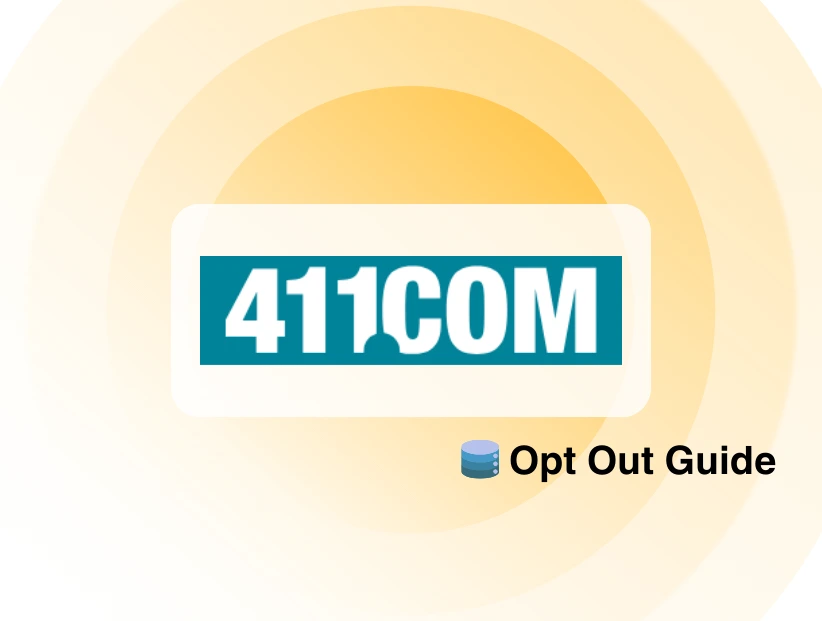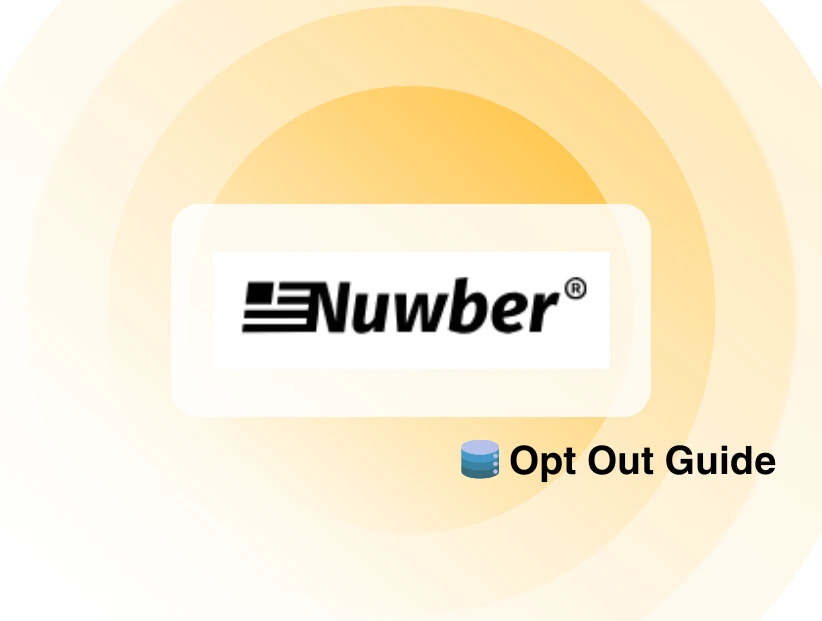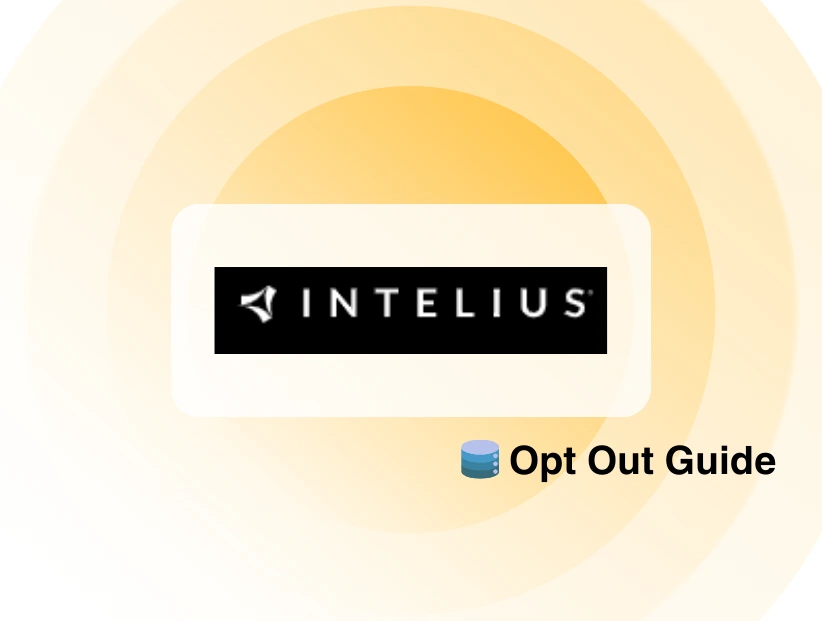AnyDesk, a well-known remote desktop software, experienced a data breach in January 2024, exposing its production systems to hackers. This raised eyebrows and security concerns, especially after reports of stolen credentials started appearing on the dark web.
In this blog, we'll explore what happened in the AnyDesk data breach, how it affects users, and what steps you should take to stay safe.
What Happened in the AnyDesk Data Breach?
In January 2024, hackers broke into AnyDesk's systems and accessed sensitive data. The company acted abruptly by revoking security certificates, resetting user passwords, and investigating the breach with cybersecurity experts.
Later, security experts found thousands of AnyDesk login details on the dark web. AnyDesk denied these credentials being stolen from its systems, but the incident still raised security concerns.
The stolen data included:
- AnyDesk's internal software code
- Security certificates used to verify software authenticity
- Over 18,000 login credentials were found on the dark web
- Access to AnyDesk's production systems
- Potential exposure of encrypted user data
- Other internal company information
Discover if Your Most Critical Identifiers Have Been Exposed on the Dark Web
Receive timely alerts and actionable insights with PurePrivacy's Dark Web Monitoring.
What Are the Risks of Exposed Data?
The data stolen in the breach could be used for harmful activities. Here's how it can affect you:
- Login Details: Hackers could use your username and password to access your AnyDesk account or other accounts if you use the exact details elsewhere, leading to account takeovers.
- Software Code: The stolen code could be used to make fake versions of AnyDesk, tricking people into downloading harmful software. This could steal personal data or cause issues on your device.
- Security Certificates: With these stolen certificates, hackers could pretend to be AnyDesk and make fake updates, which could lead you to download malicious software.
- Internal Systems: If hackers get access to AnyDesk's internal systems, they might be able to steal more information or plan future attacks.
What Should I Do in Case of a Data Breach?
If your data was affected by the AnyDesk breach, here's what you can do to keep yourself safe:
Change Your Account Details
- Change your AnyDesk password right away.
- Turn on two-factor authentication (2FA).
Watch Your Bank and Credit Accounts
- Keep an eye on your bank and credit card accounts.
- You should freeze your credit with the major credit bureaus.
- Review your credit report regularly (annual credit report).
- Set up a fraud alert with major credit bureaus like TransUnion, Equifax, and Experian.
- If you think your Social Security number has been compromised, immediately contact the Social Security Administration.
Be Wary of Phishing Scams
- Watch out for phishing scams via emails, texts, or calls.
- Don't share personal information with anyone you don't trust.
- Don't click on links or download messages that seem strange or from people you don't know.
How to Minimize Damage During Data Breaches
If your personal information has been exposed, here are steps you can take to reduce the impact:
- Dark Web Monitoring: Keep an eye on the dark web for any leaked personal data like credit card information, email addresses, or passwords.
- Tracker Blocker: Block external trackers that monitor your online activity and browsing history.
- Delete My Information: Ask websites and data brokers to remove your personal information from publicly accessible sites.
Social Media Privacy Manager: Review your privacy settings on social media to identify and fix any vulnerabilities that could lead to risks.
Frequently Asked Questions (FAQs)
-
What should I do if I think my AnyDesk account is hacked?

If you think your AnyDesk account is hacked, change your password immediately and enable two-factor authentication (2FA) to secure your account. Keep an eye out for any unusual activity on your account.
-
What is two-factor authentication (2FA), and why do I need it?

2FA adds an extra layer of security to your account. It requires a second step, like a code sent to your phone, making it harder for hackers to break into your account.
-
How can I spot phishing scams after the breach?

Be careful of emails, messages, or calls asking for personal info. Don't click on suspicious links or download attachments from unknown sources. Always verify before sharing any details with others.
-
How can I check if my information is on the dark web?

You can use PurePrivacy for dark web monitoring to see if your details, like email addresses or passwords, are being shared on the dark web.
-
How can I protect myself from future breaches?

Use strong, unique passwords for all your accounts, turn on two-factor authentication, and monitor your accounts and credit reports regularly. Stay alert for any suspicious activity.
Wrapping Up!
The AnyDesk data breach shows how important it is to stay alert and take action when your data is at risk. By staying informed and monitoring your accounts closely, you can minimize the impact and protect your personal information from potential misuse.




